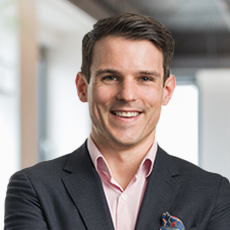At Gartner ReimagineHR, this theme of Everyday Bold was everywhere. Examples were highlighted throughout, including our session with Kraft Heinz boldly demanding diversity. Even some of the outfits were bold (hot pink and purple suits anyone?).
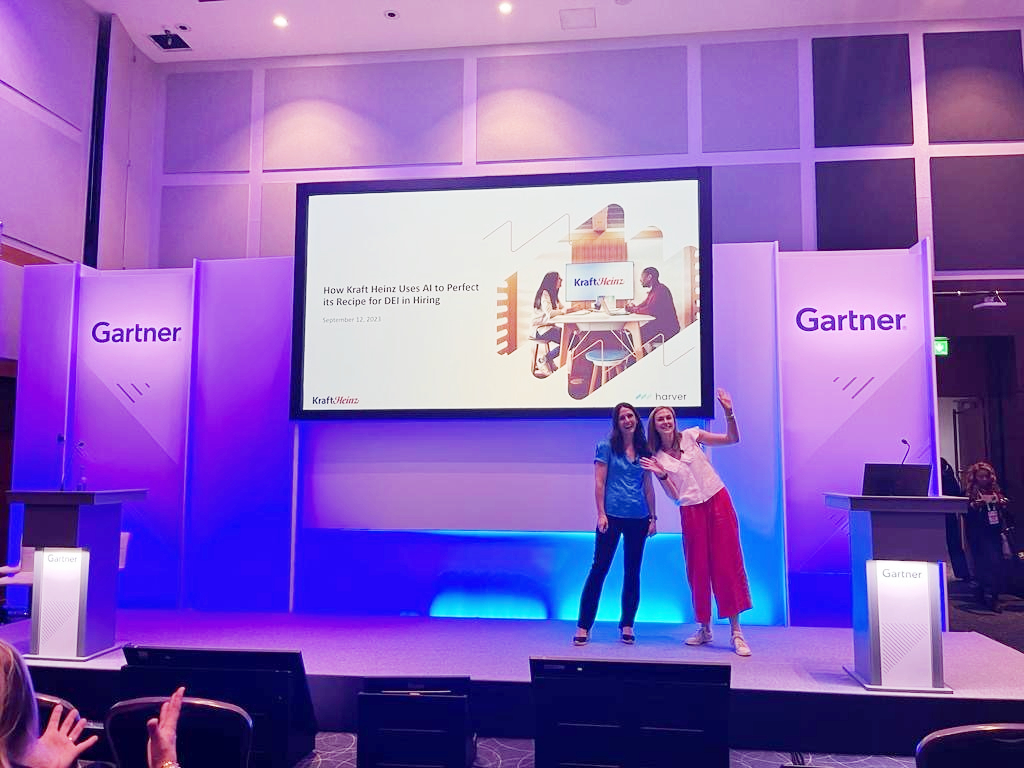
According to Gartner, employees at “Everyday Bold” organizations are 6x more likely to be peak performers. But what does “Everyday Bold” mean, really?
Bold is a constant practice, not a singular moment. “Everyday Bold” is creating conditions now to confidently and competently break boundaries when we need to.
The timing for this is perfect. HR leaders reaching new heights need to keep breaking boundaries. One big reason why? Our first takeaway from Gartner ReimagineHR.
Takeway: With great authority, comes great pressure
Harver’s Director of People Science, EMEA, noted this theme. “I heard that 58% of HR leaders have more authority to determine strategic priorities,” says Sabina Socias Garcia. “Yet also 82% are under pressure to pull back from boundaries they broke in the past few years.”
Now is a prime opportunity for leading employers to enable “confidently and competently” breaking boundaries. To be “Everyday Bold.”
For HR leaders feeling pressure to scale back on progress, look to real-world success. Gartner’s keynote referenced Quartz’s mantra to “kill stupid rules.” One way to apply this for HR benefit is by evaluating your end-to-end hiring journey. For instance, do you actually need legacy job requirements like X years of experience for an entry-level role? Perhaps some “we’ve always done it this way” rules are holding back your team.
And remember, whilst boldly rising to the pressure, it helps to show the value of your boundary-breaking progress with other stakeholders.
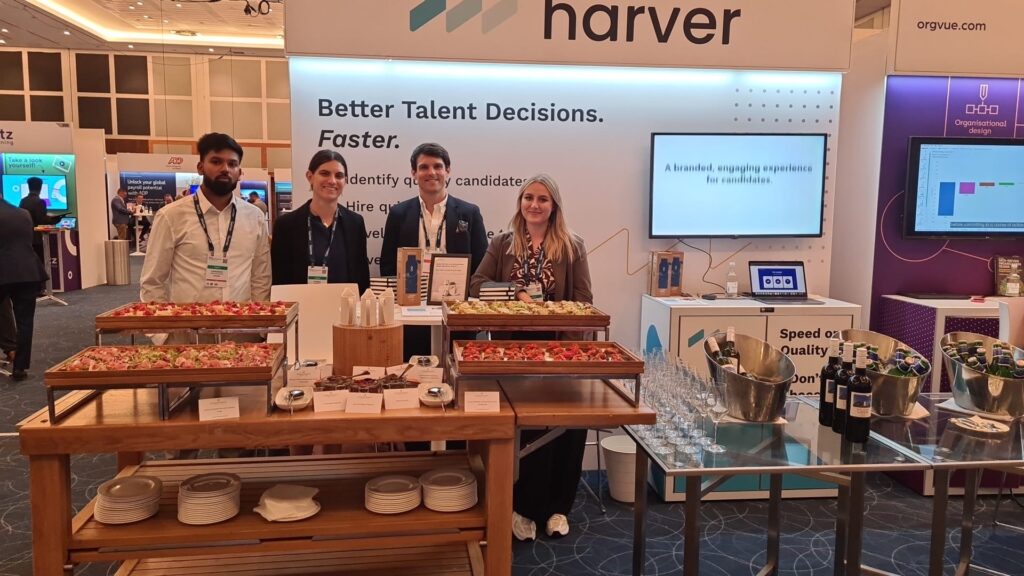
Takeaway: “Everyday Bold” has three key pillars
To reach being “Everyday Bold,” organizations need to prioritize three things:
- Building stability
- Initiating trust
- Forging ahead
These pillars prepare employers to navigate the uncertainty to come, which requires organizational agility and a growth mindset. Gartner’s message is clear: HR leaders need new ways of working.
Takeaway: Build stability as your bold foundation
Stability comes first, as this “controlled motion” is the necessary foundation to being “Everyday Bold.” It’s built on good corporate culture, which fosters good employee engagement. And you earn that by demonstrating you take care of your workforce.
For HR, building stability is about breaking boundaries to add flexibility for employees. For example, home working, childcare, and reduced commute time.
There are benefits to employers as well. In particular, organisations that offer stability to their workforce observe a 61% increase in employee engagement. Offering home working has also expanded access to talent pools that include remote workers. However, this progress has also left everyone disoriented, with only 24% of remote/hybrid employees feel connected to company culture.
Opportunities to build stability
- Personal stability: Show employees they are cared for (e.g., pay covers a good standard of living)
- Professional stability: Show employees they belong, (e.g., enable professional development)
- Strategic stability: Show employees you have a plan (e.g., agility for an uncertain future)
The People Scientist perspective: “Invest in your workforce’s professional development. Employees demand professional stability or they’ll find it externally. At Gartner, there were so many sessions on skills-based measurement. This objective data is critical for developing and mobilizing talent effectively to support professional and organizational stability.” – Sabina Socias Garcia

Takeaway: Initiate trust for bold bonding
What is initiating trust for HR leaders? Having and demonstrating belief in an employee’s ability and reliability. This aspect of Everyday Bold leads to increased commitment, performance, and fresh ideas.
Successful organizations must face the trust crisis head on. Just 63% of organizations trust their employees, leading some of the least trusting organizations to deploy employee snooping technology. No wonder only 50% of employees trust their employer, which contributes to lack of belonging, engagement, and retention.
Opportunities to initiate trust
- Reasonable pay and pay equity: Only a third of employees say they’re paid fairly and equitably.
- Transparency: Only 12% of employers share pay equity goals with employees.
- Remote/hybrid: On the fence about return to office (RTO)? Home working builds two-way trust and supports greater employee flexibility.
- Not stooping to snooping: Gartner noted how Schneider Electric cut collisions by 68% by adding only external cameras on trucks. Even without in-cab cameras, discretionary effort went up 39%.
The People Scientist perspective: “Trust doesn’t have to mean blind faith or gut intuition. With objective data from scientifically validated pre-hire assessments, you can ‘trust but verify’ while hiring the right people for the right role.
RTO is a related hot topic right now. Organizations that can trust their employees to work remotely, even in a hybrid model, will have access to broader candidate pools. Home working supports inclusivity and unlocks a valuable source of overlooked talent.” – Sabina Socias Garcia
Takeaway: Forge ahead for innovation and growth
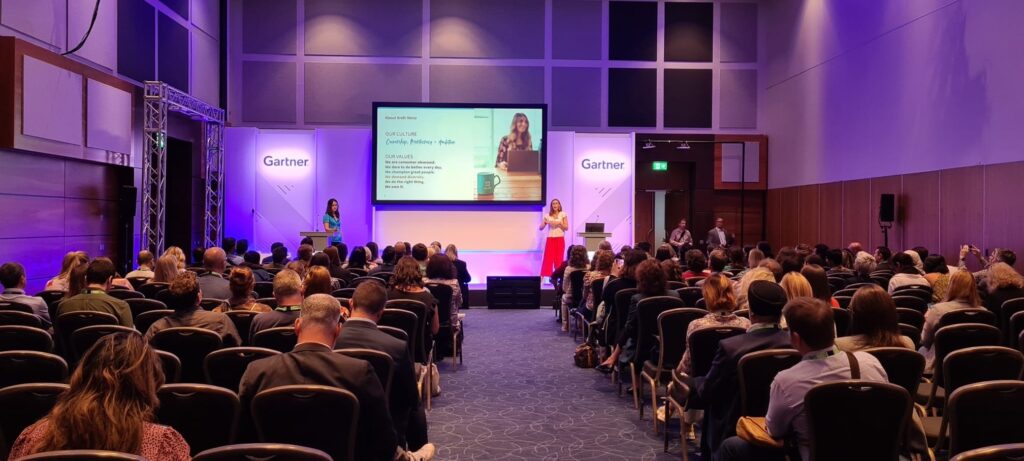
Being bold means being prepared to forge ahead. After all, no one climbs a mountain by accident. For organizations to forge ahead, CHROs and other HR leaders need to embrace letting go.
Letting go of the past frees you to bound into the future. Does your organization really need to rely on CV sifting? Perhaps now is a good time to say goodbye to CVs. Even AI tools that claim to scan CVs to predict quality hires are only analysing a candidate’s self-reported information.
Opportunities to forge ahead
- Offer more than money: Flexibility, development and growth opportunities, transparency, diversity…sound familiar?
- Explore rising innovation: Can recruiter workflow automation or AI streamline work for your human workforce?
- Evaluate critically: Adopt emerging technology if it solves an existing problem best, but don’t just jump on a trend or assume AI is right for your situation
- Make room for better rules: You can acknowledge what worked well before, yet recognize it isn’t the ideal solution as needs and technology evolve
The People Scientist perspective: “CVs and survey-based assessments like Harver’s traditional behavioural assessment both use self-reported data. However, the critical difference is assessments are scientifically validated to be predictive of success and to mitigate bias.
Telling an employer you’re good at something is one thing. Objectively measuring the traits or competencies that make you successful, for all job seekers, is fairer and more predictive. Plus, there’s added value for assessing skills and traits because you can match candidates to better roles for them even if they’re not a great fit for the original role.” – Sabina Socias Garcia
Takeaway: Be mindful of TA tools with “peak inflated expectations”
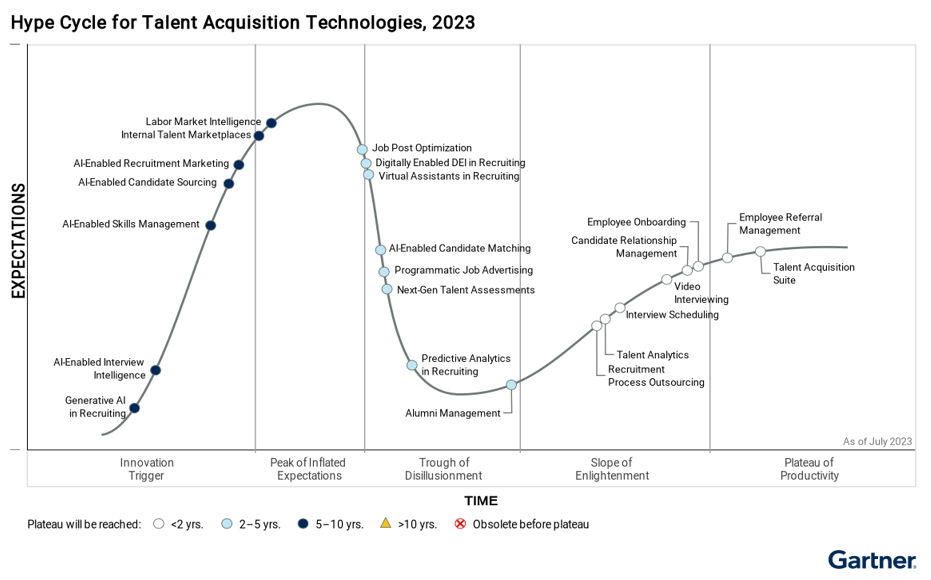
For the first time, Gartner’s popular Hype Cycle includes a look at trending talent acquisition technology. Two categories to mind are tools for internal talent marketplaces and labour market intelligence.
Both are in demand to support internal mobility, workforce planning, and other key priorities for 2024. However, note that both TA tech categories are now in Gartner’s “Peak of Inflated Expectations” stage. Evaluate these tools with a critical eye when performing due diligence.
In particular, remember these tools tend to lack objective data. The skills or traits your organization needs don’t necessarily exist today, especially for build-vs-buy employers. When it comes market intelligence, what you need is more than input data – you also need help interpreting the output.
The People Scientist perspective: “I agree with Chris. Internal talent marketplaces need objective data to make informed decisions. Consider gaining that layer of data through assessments that are validated by I/O psychologists. Just because an internal talent marketplace tool can’t measure what purpose-built assessments can, doesn’t mean they can’t be part of your TA tech stack.
I think of our speaking session with Kraft Heinz on enabling diversity for their International Management Trainee Program. Kraft Heinz’s success with demanding diversity is powered by multiple solutions, including gamified behavioural assessments to enable objective data-driven decisions.” – Sabina Socias Garcia
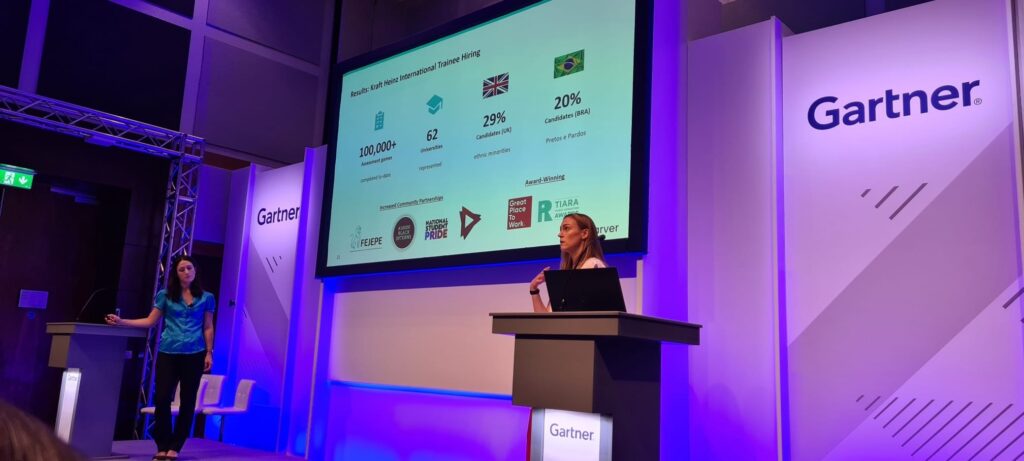
Enabling “Everyday Bold” for your organisation
Whether or not you were able to attend Gartner Reimagine 2023, the prospect of “Everyday Bold” is rather compelling. We hope you find our key takeaways inspiring. Personally, as a People Scientist, Sabina is especially inspired by a DEI-focused session that discussed how accessibility offers more advantages than accommodations.
What about “Everyday Bold” or emerging TA/TM technology is inspiring you these days? If you have questions, schedule a call so our team of experts can guide your organisation through uncertainty.

